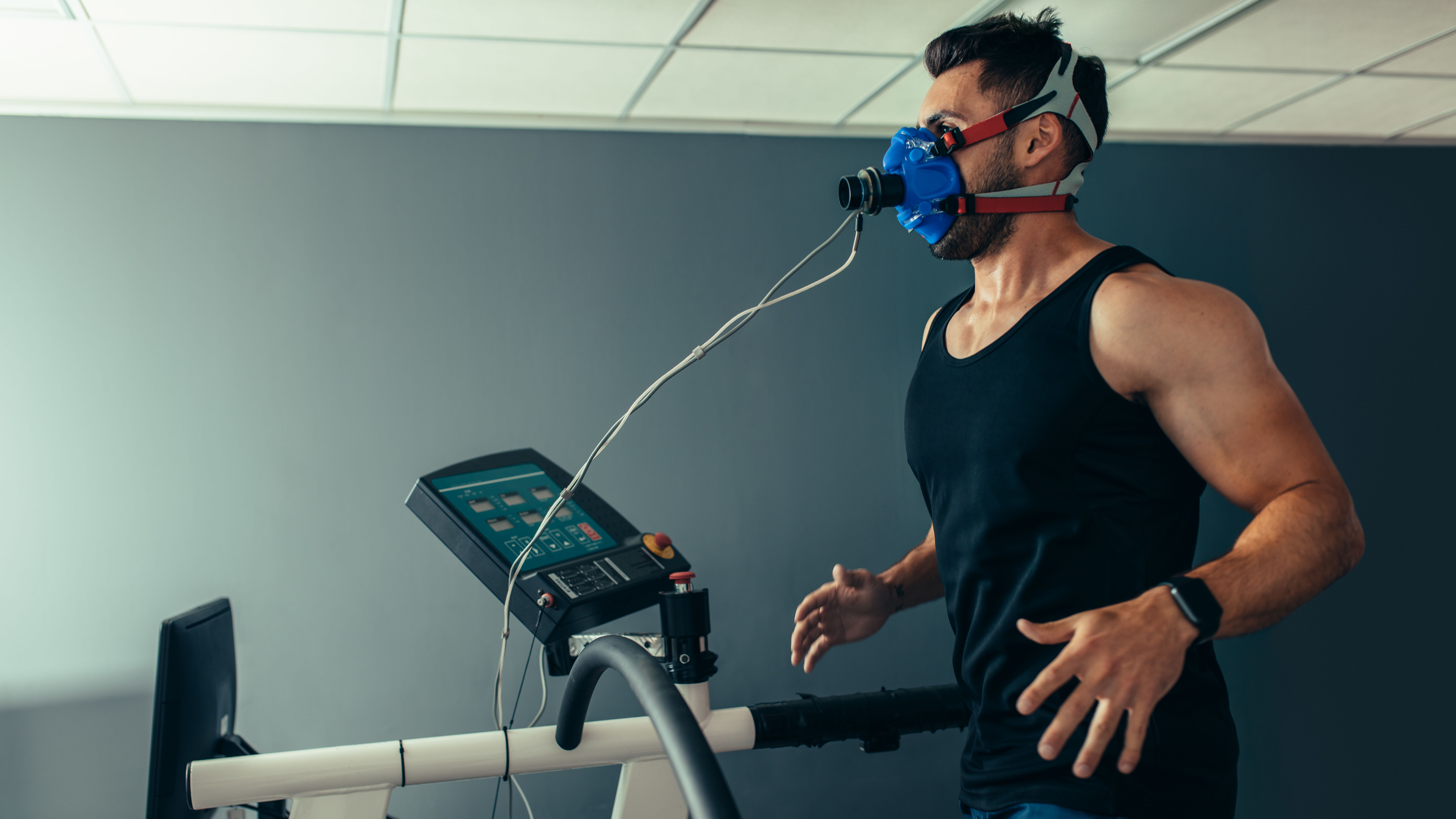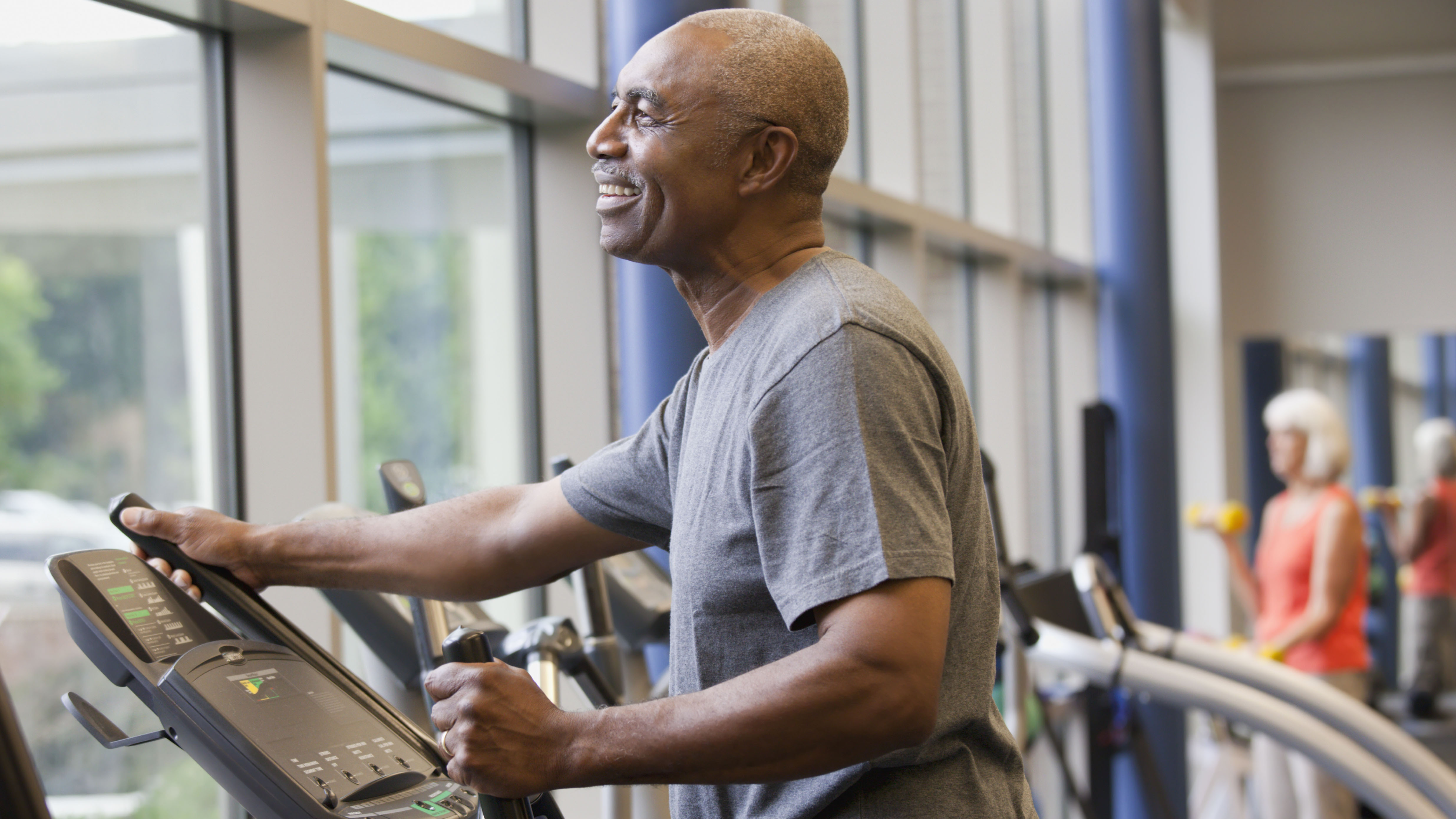What is Cardiovascular Endurance? | | Live Science

Many people know that cardiorespiratory endurance is an important aspect of being fit and healthy, but it’s not always clear what exactly cardiovascular endurance means. Should I be able to run without stopping? Does it matter if I have the best rowing machine? (opens in new tab) Or the best exercise bike? (opens in new tab)
To find out more about cardio endurance, we spoke with Bryn Franklin (opens in new tab)an ACSM-certified exercise physiologist.

Brynn Franklin is an ACSM-certified exercise physiologist, an ACE-certified health coach, and holds a master’s degree in exercise science. Her hands-on daily work focuses on improving women’s health, but she also has a history of helping people master corrective exercises in training.
What is Cardiovascular Endurance?
“Cardiovascular endurance is how well the body’s circulatory and respiratory systems can supply oxygen to the body during sustained physical activity,” Franklin told Live Science.
The higher your cardiorespiratory endurance, the longer you can sustain aerobic exercise (opens in new tab) No need to get tired, slow down or stop.
Having good cardiorespiratory endurance not only means a person can run longer or swim more laps, but it also results in improvements in physical and mental health. , stronger and more efficient heart function, improved respiratory mechanics, lower resting heart rate, and reduced risk of heart disease and stroke. Improving your cardiorespiratory endurance may also improve your ability to metabolize fat during exercise.
Cardiopulmonary endurance measurement method
So how do you know how “good” your cardio endurance is?
According to Franklin, “Cardiovascular endurance is measured by maximal oxygen uptake (VO2 max (opens in new tab)) and how to use it during strenuous exercise. In other words, using more oxygen and how effectively it’s being used tells us how well our cardiovascular and respiratory systems are working together.”
Franklin said that from a practical point of view, cardiovascular endurance can be assessed in several different ways.

“The Rockport Walk Test for Beginners (opens in new tab) A good way to measure cardiorespiratory endurance. The goal is to walk a mile as fast as possible and immediately take her pulse for 10 seconds,” she said.
As such, the Rockport Walk Test is an excellent “field test” that you can perform yourself without going to an exercise lab or using a specialized metabolic machine.
Another viable field test recommended by Franklin to assess cardiorespiratory endurance is the YMCA 3-minute step test.
“YMCA 3 minute step test” (opens in new tab) It’s easy to manage by stepping up to 12-inch steps while following a 96-beat-per-minute rhythm for three minutes,” she said. The pulse result is the test score. ”
Both of these tests can provide reasonable estimates of a person’s aerobic capacity, but Franklin believes that the most accurate test for VO2 max is the submaximal that must be performed in the laboratory by a physician or exercise physiologist. He said it was a treadmill exercise test.

“You want a 20-minute test of varying intensities while measuring breathing and heart rate,” Franklin told Live Science. “This test can be expensive and is most frequently used by elite athletes.”
Franklin explained that the results can be interpreted by comparing them to the guidelines or results charts associated with the endurance tests performed.
How to improve cardiorespiratory endurance
Beginners seem to want to improve their endurance and cardio endurance quickly, but Franklin says starting small is a viable, if not more ideal, approach. Doing too much or too quickly can cause injury.
“Start with 10 to 15 minutes of work the first week,” says Franklin. “Then, add 10% to 20% each week to increase distance, length of time, or incline and work your way up.”
In other words, gradually increase the duration of your workout over time in a gradual but progressive manner. Of course, listen to your body and relax when you need more recovery.
Types of Exercise Best for Cardiorespiratory Endurance
Any type of exercise that a person can perform without stopping while getting the heart rate into the aerobic zone can be used to increase cardiovascular endurance.
Generally speaking, the cardio zone (opens in new tab) It is believed to be 70% to 80% of a person’s maximum heart rate. For example, if your maximum heart rate is 180bpm, your ideal cardio heart rate should be in the range of 126-144bpm.

Examples of good aerobic exercise include walking, running, hiking, swimming, cycling, rowing, climbing stairs, jumping rope, inline skating, cross-country skiing, and elliptical machines. Franklin advised that it’s best to choose an activity that you enjoy, as it’s not as important as actually doing cardio.
“If you don’t enjoy it, you won’t be able to keep going, which will reduce your cardiovascular endurance. Exercise should be fun and enjoyable,” she said. You can cycle things and keep things interesting instead of mundane.”













